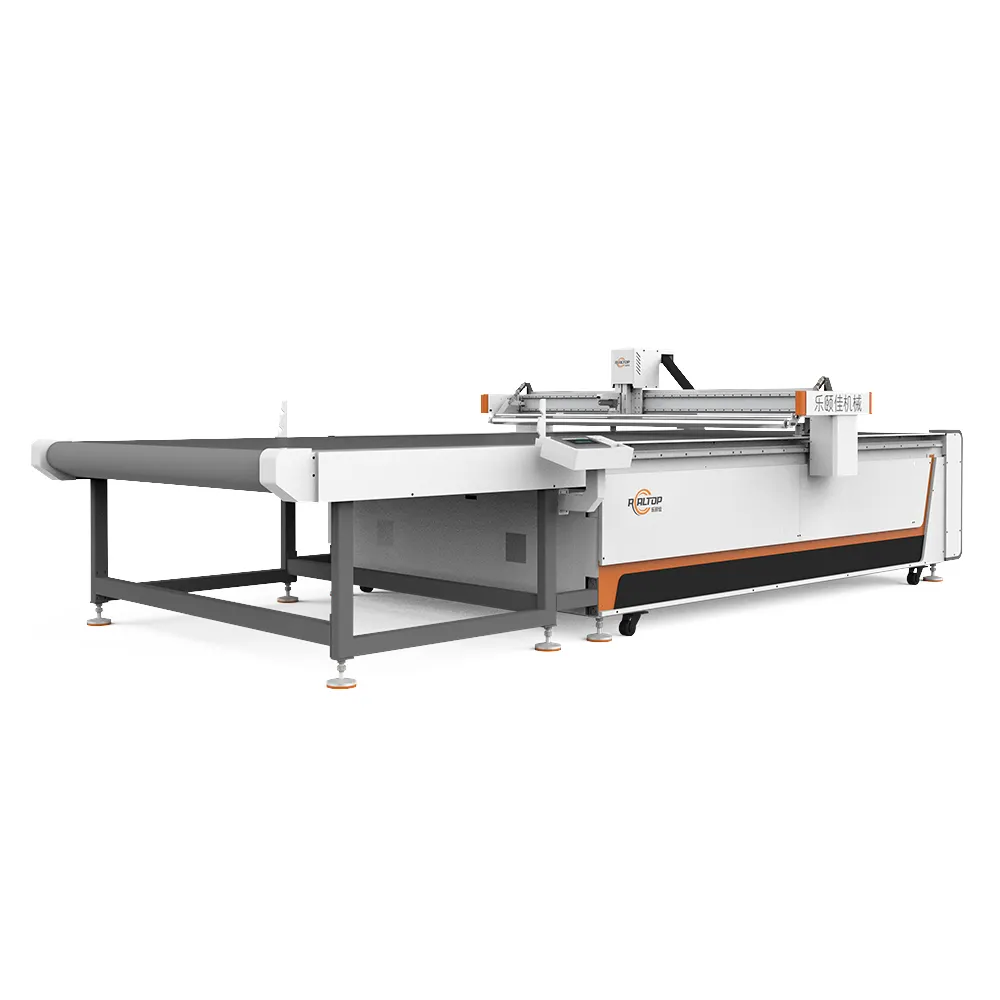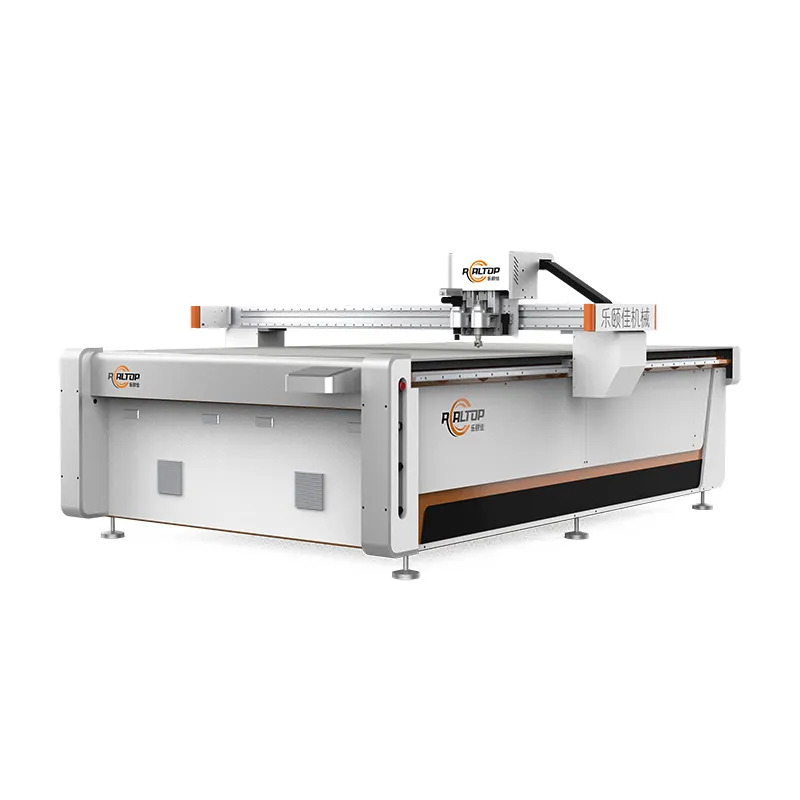The Evolution of Advanced Manufacturing Through Composites Processing
The manufacturing landscape has undergone a remarkable transformation with the introduction of sophisticated composites cutting machines. These advanced systems have revolutionized how industries approach material processing, especially when working with complex composite materials. From aerospace components to automotive parts, the precision and efficiency offered by modern composites cutting machines have become indispensable for industrial production.
As manufacturing demands continue to evolve, the role of composites cutting machines has expanded beyond simple material processing. These sophisticated systems now integrate advanced technologies like computer numerical control (CNC), automated tool changing, and real-time monitoring capabilities. This technological convergence has created a new standard for production efficiency and quality control in industrial settings.
Core Capabilities of Modern Composites Processing Systems
Precision Cutting Technologies
Modern composites cutting machines employ various cutting technologies to handle different material compositions. Waterjet cutting, laser cutting, and ultrasonic cutting represent the primary methods, each offering unique advantages for specific applications. Waterjet technology, for instance, eliminates heat-affected zones, making it ideal for temperature-sensitive materials, while laser cutting provides unmatched precision for intricate patterns.
The integration of multiple cutting technologies within a single composites cutting machine allows manufacturers to optimize their processes based on material requirements and production specifications. This versatility ensures consistent quality across different product lines while maintaining high production rates.
Automated Material Handling
The efficiency of industrial production heavily relies on smooth material handling capabilities. Modern composites cutting machines feature sophisticated automated systems that manage material loading, positioning, and unloading. These automated processes significantly reduce manual intervention, minimizing human error and increasing operational safety.
Advanced sensor systems and precision controls ensure accurate material placement and movement throughout the cutting process. This level of automation not only improves productivity but also maintains consistent quality standards across production runs.
Production Optimization Through Advanced Features
Intelligent Control Systems
The heart of any modern composites cutting machine lies in its control system. Advanced software interfaces provide operators with comprehensive control over cutting parameters, material settings, and production schedules. These intelligent systems can automatically adjust cutting speeds and paths based on material properties and thickness variations.
Real-time monitoring and feedback mechanisms ensure optimal performance throughout the cutting process. The ability to make immediate adjustments based on sensor data helps maintain quality standards while minimizing material waste and production delays.
Quality Assurance Integration
Quality control in industrial production has reached new heights with integrated inspection systems in composites cutting machines. Advanced vision systems and measurement tools continuously monitor cut quality, dimensional accuracy, and surface finish. This real-time quality assurance helps identify and address potential issues before they affect final product quality.
The integration of quality control features within the cutting process streamlines production workflows and reduces the need for separate inspection stations. This efficiency gain translates to faster production cycles and improved product consistency.
Environmental and Economic Benefits
Sustainable Manufacturing Practices
Modern composites cutting machines contribute significantly to sustainable manufacturing initiatives. Precise cutting capabilities minimize material waste, while efficient processing reduces energy consumption. Advanced systems often include material recovery and recycling features, supporting environmentally conscious production practices.
The implementation of sustainable cutting technologies helps manufacturers meet environmental regulations while maintaining competitive advantages. These environmental benefits often translate into cost savings through reduced material waste and improved energy efficiency.

Economic Impact and ROI
The investment in advanced composites cutting machines delivers substantial returns through multiple channels. Improved production efficiency, reduced labor costs, and minimal material waste contribute to lower operational expenses. The ability to handle complex cutting tasks with precision opens new market opportunities and revenue streams.
Long-term cost benefits extend beyond direct production savings. Reduced maintenance requirements, improved product quality, and increased production flexibility provide sustained competitive advantages in demanding industrial markets.
Frequently Asked Questions
What maintenance requirements do composites cutting machines have?
Composites cutting machines require regular maintenance, including cleaning of cutting components, calibration of control systems, and inspection of wear parts. Preventive maintenance schedules typically include daily cleaning procedures, weekly system checks, and monthly comprehensive inspections to ensure optimal performance and longevity.
How do composites cutting machines handle different material types?
Modern composites cutting machines are designed to process various materials through adjustable cutting parameters and interchangeable tooling systems. The machine's control software contains material-specific settings that automatically optimize cutting speed, pressure, and tool selection based on the material properties and thickness.
What training is required to operate a composites cutting machine?
Operators typically require comprehensive training covering machine operation, safety protocols, and basic troubleshooting. Training programs usually include hands-on practice with the control interface, material handling procedures, and quality control processes. Ongoing training ensures operators stay current with software updates and new features.
 EN
EN
 AR
AR
 FR
FR
 DE
DE
 IT
IT
 KO
KO
 PT
PT
 RU
RU
 ES
ES



